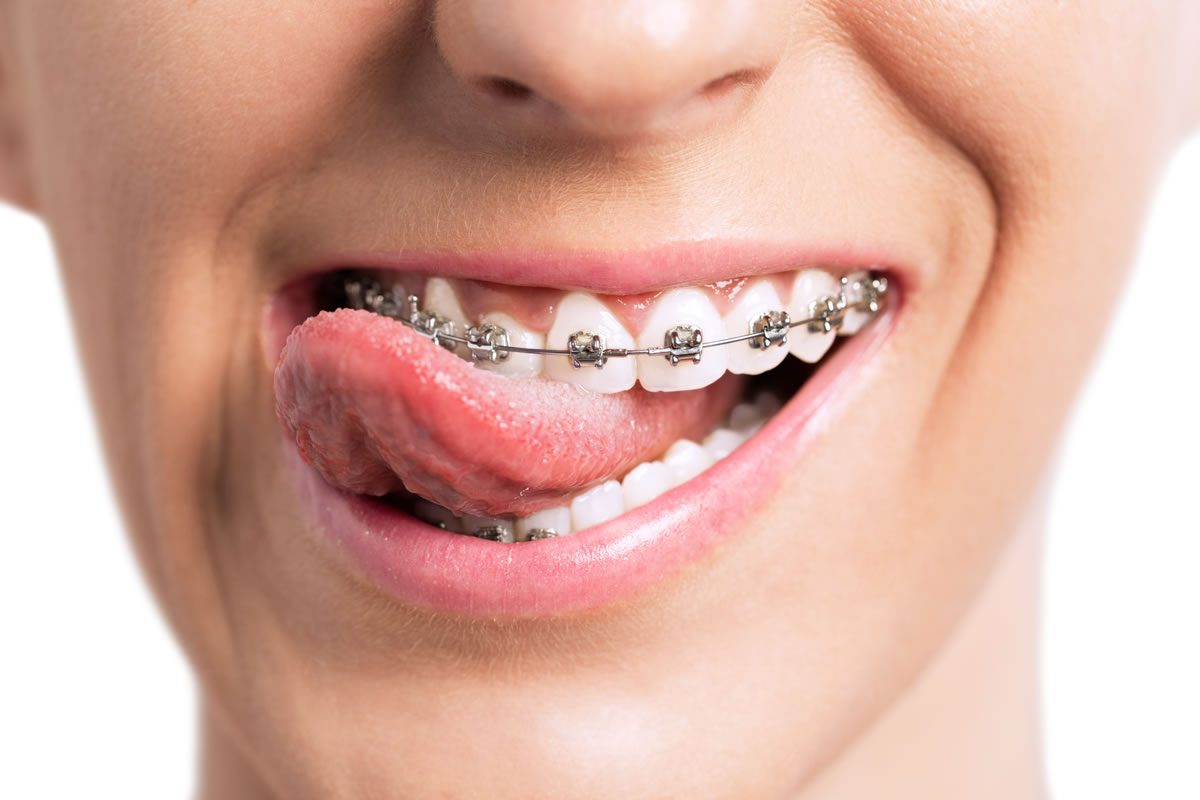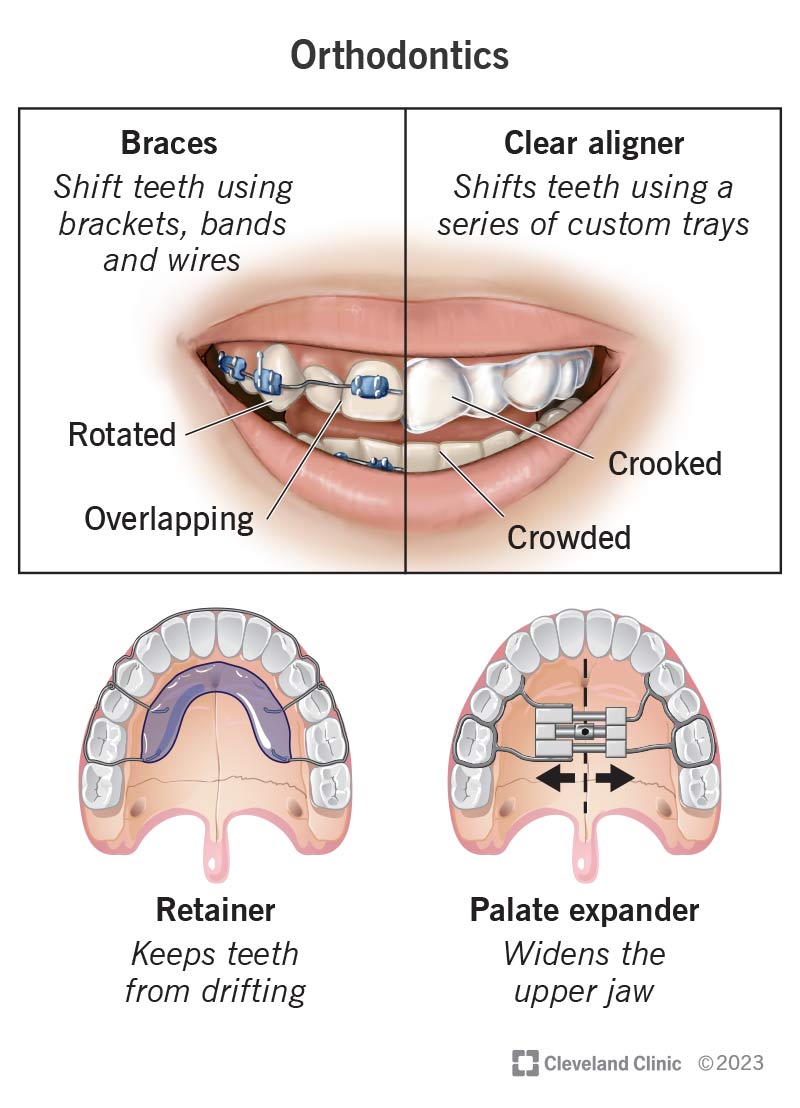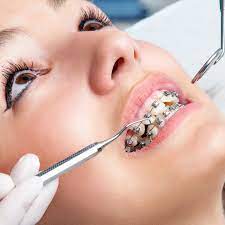The 5-Second Trick For Causey Orthodontics
The 5-Second Trick For Causey Orthodontics
Blog Article
The smart Trick of Causey Orthodontics That Nobody is Discussing
Table of ContentsExcitement About Causey OrthodonticsThings about Causey OrthodonticsNot known Facts About Causey OrthodonticsUnknown Facts About Causey OrthodonticsExcitement About Causey Orthodontics
Disregarding occlusal relationships, it was regular to get rid of teeth for a range of oral concerns, such as malalignment or congestion. The concept of an undamaged teeth was not commonly appreciated in those days, making bite correlations appear pointless. In the late 1800s, the idea of occlusion was vital for creating reliable prosthetic substitute teeth.As these concepts of prosthetic occlusion proceeded, it became an indispensable tool for dental care. It was in 1890 that the work and influence of Dr. Edwards H. Angle started to be felt, with his payment to contemporary orthodontics particularly notable. Concentrated on prosthodontics, he instructed in Pennsylvania and Minnesota prior to directing his interest in the direction of dental occlusion and the therapies required to maintain it as a typical problem, thus ending up being recognized as the "dad of modern-day orthodontics".

The idea of ideal occlusion, as postulated by Angle and included right into a category system, made it possible for a change towards treating malocclusion, which is any discrepancy from typical occlusion. Having a full collection of teeth on both arches was extremely demanded in orthodontic treatment due to the demand for precise relationships in between them.
The Best Guide To Causey Orthodontics
As occlusion came to be the essential priority, facial percentages and appearances were ignored - Causey Orthodontics. To achieve optimal occlusals without making use of exterior forces, Angle proposed that having perfect occlusion was the most effective method to obtain optimum facial visual appeals. With the death of time, it came to be quite noticeable that also an extraordinary occlusion was not ideal when considered from an aesthetic perspective
Charles Tweed in America and Raymond Begg in Australia (who both studied under Angle) re-introduced dentistry extraction into orthodontics during the 1940s and 1950s so they can boost face esthetics while also ensuring better stability concerning occlusal connections. In the postwar period, cephalometric radiography started to be utilized by orthodontists for gauging adjustments in tooth and jaw placement brought on by development and therapy. It came to be evident that orthodontic treatment can readjust mandibular growth, leading to the development of useful jaw orthopedics in Europe and extraoral pressure procedures in the United States. Nowadays, both practical home appliances and extraoral devices are applied around the globe with the aim of modifying development patterns and types. As a result, pursuing true, or at least boosted, jaw partnerships had actually ended up being the primary objective of therapy by the mid-20th century.
Fascination About Causey Orthodontics
 The American Journal of Orthodontics was developed for this purpose in 1915; prior to it, there were no scientific purposes to follow, neither any exact classification system and braces that did not have attributes. Up until the mid-1970s, dental braces were made by covering metal around each tooth. With advancements in adhesives, it came to be possible to instead bond steel brackets to the teeth.
The American Journal of Orthodontics was developed for this purpose in 1915; prior to it, there were no scientific purposes to follow, neither any exact classification system and braces that did not have attributes. Up until the mid-1970s, dental braces were made by covering metal around each tooth. With advancements in adhesives, it came to be possible to instead bond steel brackets to the teeth.This has had significant impacts on orthodontic therapies that are provided routinely, and these are: 1. Appropriate interarchal partnerships 2. Correct crown angulation (tip) 3.
The benefit of the design lies in its brace and archwire combination, which needs only minimal wire flexing from the orthodontist or medical professional (orthodontist services). It's appropriately named after this feature: the angle of the port and thickness of the bracket base ultimately determine where each tooth is positioned with little demand for additional manipulation
Indicators on Causey Orthodontics You Should Know
Both of these systems employed the same brackets for each and every tooth and required the flexing of an archwire in three aircrafts for locating teeth in their wanted settings, with these bends determining supreme positionings. When it pertains to orthodontic home appliances, they are divided right into 2 types: detachable and dealt with. Detachable home appliances can be tackled and off by the client as called for.

Thus, mostly all modern set home appliances can be considered variants on this edgewise home appliance system. Early 20th-century orthodontist Edward Angle made a major contribution to the globe of dentistry. He developed 4 distinct device systems that have been used as the basis for lots of orthodontic treatments today, barring a couple of exceptions.
The Ultimate Guide To Causey Orthodontics

The cord finished in a thread, and to relocate onward, a flexible nut was utilized, which allowed for an increase in area. By ligation, each individual tooth was connected to this extensive archwire (orthodontist near me). As a result of its restricted series of activity, Angle was not able to accomplish accurate tooth placing with an E-arch
These tubes held a soldered pin, which could be rearranged at each appointment in order to relocate them in location. Referred to as the "bone-growing home appliance", this contraption was theorized to urge healthier bone development because of its capacity for transferring pressure directly to the origins. Applying it verified problematic in fact.
Report this page